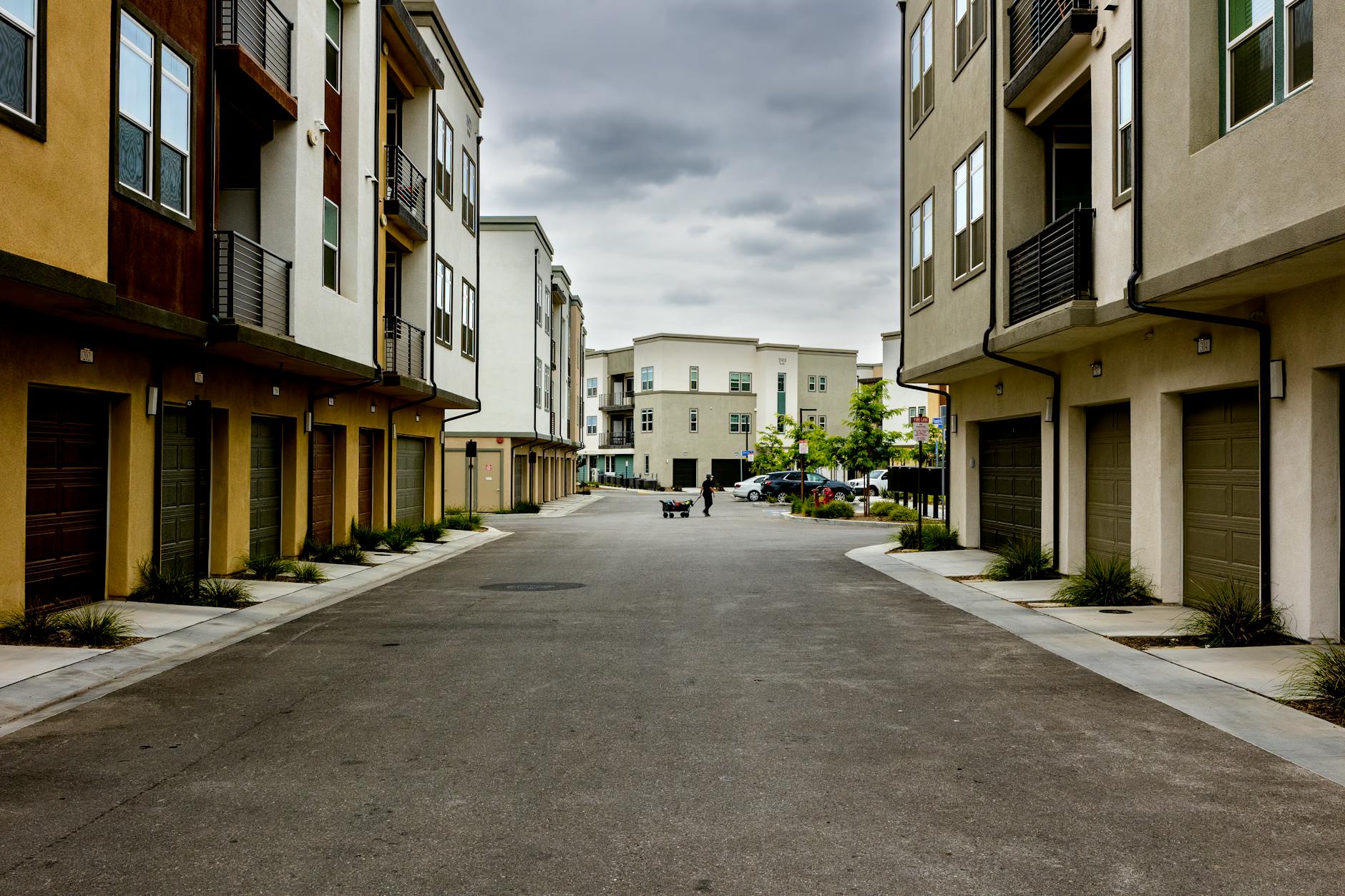Emerging Trends in Affordable Housing Development in Your Region
Emerging trends in affordable housing development in your region are reshaping how communities address one of the most pressing social challenges today. With rising urban populations and increasing housing costs, developers and policymakers are exploring innovative approaches to create sustainable, cost-effective homes. This article dives into the latest advancements in affordable housing, focusing on regional specifics, and highlights how technology, policy changes, and community engagement are driving transformation. From modular construction techniques to green building practices and inclusive zoning reforms, these trends aim not only to reduce costs but also to improve the quality of life for residents. Understanding these dynamics can help stakeholders make informed decisions and foster neighborhoods that are both affordable and livable.
Innovative construction techniques reducing costs
One of the most significant breakthroughs in affordable housing development is the adoption of innovative construction methods that drastically cut building time and expenses. Modular and prefabricated construction have gained traction as efficient alternatives to traditional building. In these methods, housing components are manufactured offsite in controlled factory settings and then assembled on location. This reduces material waste, labor costs, and construction delays caused by weather or onsite issues.
Additionally, advances in 3D printing technology have begun to make an impact by enabling rapid, precise, and customizable housing units at a fraction of the usual cost. These techniques allow developers to meet high demand quickly without compromising durability or design quality, making affordable housing more accessible.
Policy reforms driving housing affordability
Policy adaptations play a crucial role in enabling affordable housing projects to thrive. In your region, local governments have introduced inclusive zoning laws that encourage mixed-income developments and reduce bureaucratic hurdles for affordable housing construction. These policies incentivize developers through tax breaks, expedited permitting, and density bonuses, allowing more units to be built on the same land footprint.
Moreover, increasing collaboration between public institutions and private developers through public-private partnerships (PPPs) has unlocked new funding avenues and shared risks, facilitating more ambitious affordable housing plans. These partnerships enhance resource allocation efficiency and ensure projects align with community needs.
Emphasis on sustainability and energy efficiency
Environmental consciousness is integral to emerging affordable housing models. Developers increasingly incorporate green building standards such as LEED certification or regional equivalents to reduce energy consumption and operational costs. Sustainable materials, solar panels, rainwater harvesting, and energy-efficient windows contribute to long-term affordability by lowering utility bills for residents.
These eco-friendly features also improve indoor air quality and build healthier living environments, which is especially important for low-income households that may face greater health risks. Aligning economic and environmental goals, sustainable affordable housing supports broader regional efforts to combat climate change.
Community-centered design and engagement
A new wave of affordable housing projects prioritizes social inclusion and resident participation throughout the planning and development phases. Developers aim to create neighborhoods with shared spaces, accessible amenities, and transportation links tailored to residents’ lifestyles. Gathering input from future occupants helps address cultural preferences, safety concerns, and daily necessities effectively.
Integrating services such as childcare, healthcare, and job training onsite or nearby strengthens community resilience and promotes upward mobility. This holistic approach ensures that affordable housing is not just about providing shelter but fostering stable, vibrant, and supportive environments.
| Trend | Key features | Benefits for affordable housing |
|---|---|---|
| Innovative construction | Modular building, 3D printing, prefabrication | Lower labor/material costs, faster completion |
| Policy reforms | Inclusive zoning, tax incentives, PPPs | Increased development rates, better funding |
| Sustainability | Green materials, energy-efficient design | Lower utilities, healthier living conditions |
| Community engagement | Resident input, integrated amenities | Improved social cohesion, tailored services |
In conclusion, the development of affordable housing in your region is undergoing a meaningful transformation driven by innovation, policy changes, sustainability, and community involvement. By embracing modular construction and emerging technologies, developers reduce costs and accelerate project timelines. Policy reforms facilitate more inclusive and efficient housing solutions, while sustainability efforts ensure long-term affordability and healthier living spaces. The focus on community-centered design enriches neighborhood dynamics and supports residents beyond just housing needs. Together, these trends pave the way for a future where affordable housing is comprehensively integrated into the social, economic, and environmental fabric of the region. Stakeholders committed to these approaches will be critical in shaping equitable and resilient communities for years to come.
Image by: David Brown
https://www.pexels.com/@ninobur
editor's pick
latest video
news via inbox
Nulla turp dis cursus. Integer liberos euismod pretium faucibua


